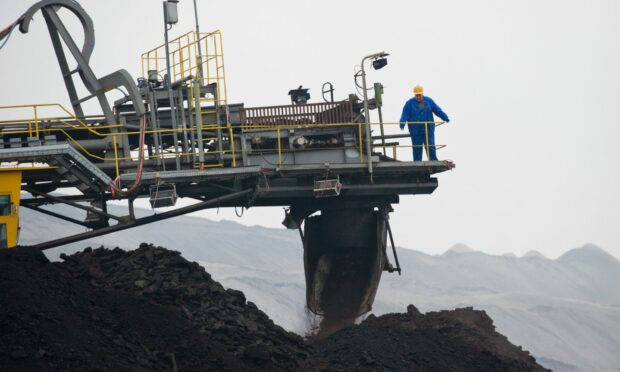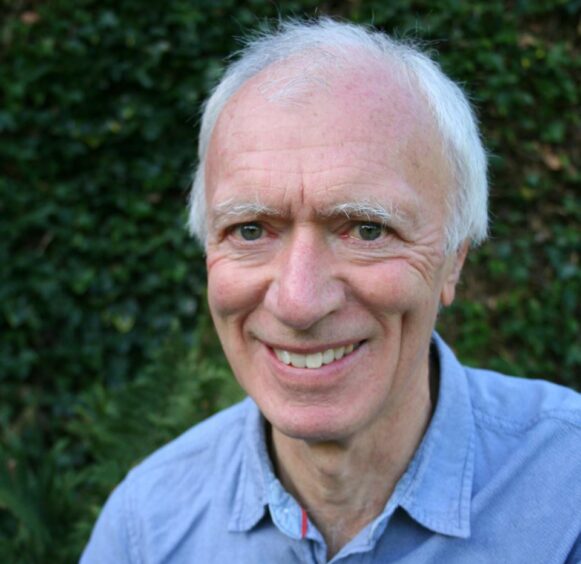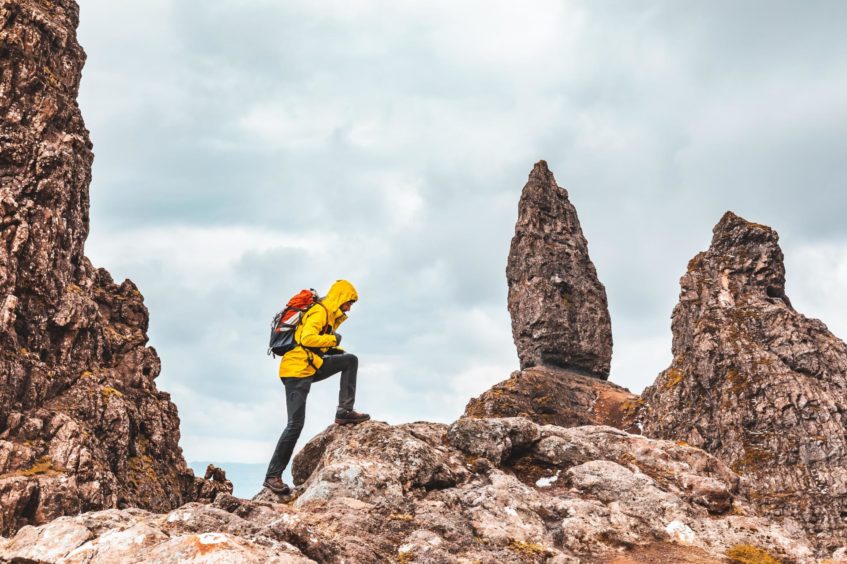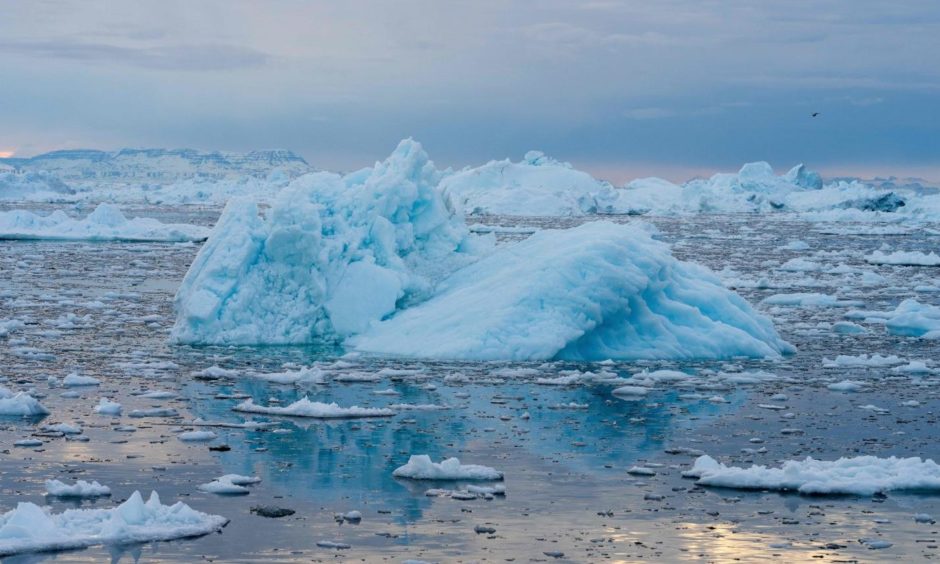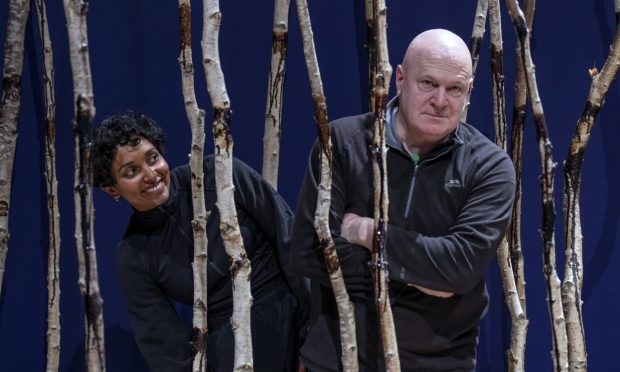Humanity’s ability to fashion nature to its own ends has been going on for 10s of thousands of years. But as we mine, quarry, pump, cut, blast and crush the Earth’s resources at an unprecedented rate, at what cost? Michael Alexander speaks to geologist and author David Howe about his new book.
Look around and what do you see? Perhaps there’s light streaming in through a glass window shining onto an aluminium radiator fixed to a wall built from bricks or concrete and held up by iron and steel.
Perhaps you are reading this article on a plastic phone or computer screen, powered by a lithium battery, or even reading it on newsprint that started life as a tree.
Perhaps you are sitting in a chair with plastic armrests, drinking tea from a porcelain mug, heated in a stainless steel kettle?
The creation of “stuff” from the Earth’s resources is nothing new and a constant source of wonder.
Long before Bronze Age people discovered 5000 years ago that they could mix smelted copper with tin to make bronze, human ingenuity has been mining the world’s natural resources – ultimately leading to the modern, gadget-filled world we know today.
What most of our objects have in common is that their components started life in the earth, as a rock or a mineral vein, a layer of an ancient seabed, or perhaps the remains of a 400-million-year-old volcano.
But as demand increases and the global population continues to grow expedientially, what price are we paying for the creation of “stuff” in terms of degradation of landscape and the well documented pollution spewed out by industries making them?
Dominant force
Today, we mine, quarry, pump, cut, blast and crush the Earth’s resources at such an unprecedented rate that humans have become a dominant, even dangerous, force on the planet.
Humans are now shifting so much of the Earth’s crust, and to such an extent, that we are now far outstripping nature’s annual capacity to move mountains and fill oceans through wear, tear and weathering.
The Anthropocene has even been cited as a geological epoch dating from the commencement of significant human impact on Earth’s geology and ecosystems, including, but not limited to, anthropogenic climate change.
Retired academic David Howe OBE, 74, of Norwich, who has studied both Earth sciences and social sciences, first became interested in the material ingenuity of humans more than 55 years ago.
He vividly remembers being on a sixth form school field trip when it dawned on him that just about everything made by humans had started off as a mineral underground – and what an achievement that was.
Standing on Alderley Edge, exploring the New Red Sandstone rocks that rise abruptly above the Cheshire Plain, he was inspired by the words of his geology teacher Roy Coleman who helped the class get a sense of what the world was like around those parts 250 million years ago – a world of desert sands and river flood plains straddling the Tropic of Cancer, far to the south of where they were standing that day.
The highlight was finding tiny crystals of malachite, which would have been used by Bronze Age people to smelt copper then mix with tin.
What he really began to ponder, however, was the “magic and wizardry” of finding a rock and turning it into something different. .How did they do it? How did they know how to do it?
Natural resources
David, who grew up in Manchester, went on to study geology at Durham University. After drifting into teaching for a year, his interest in human behaviour and psychology led him into a career in social work.
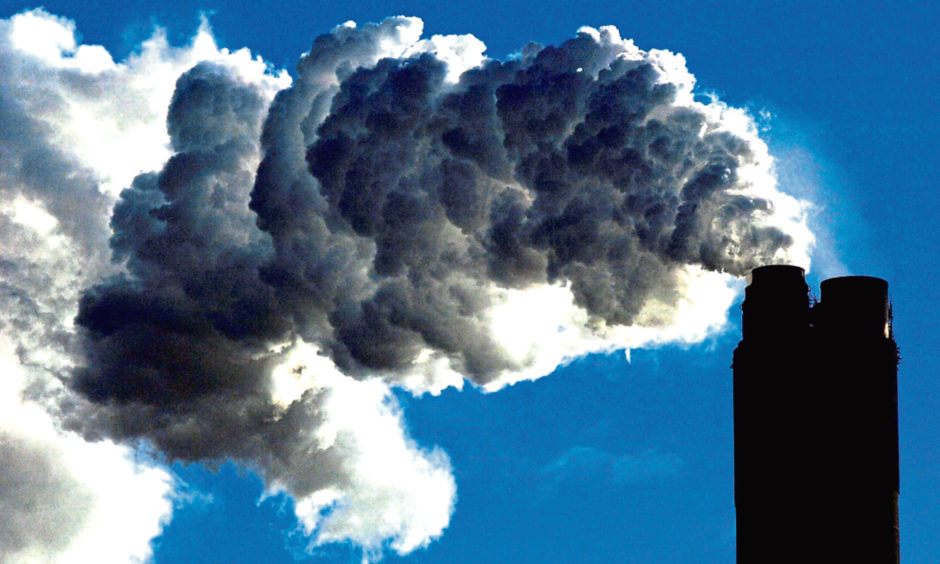
He became a social work lecturer at the University of East Anglia, writing lots of books in that field.
When he retired in 2010, his love of writing saw him produce a book about the history, geography, landscape and people of Norfolk, followed by a similar inter-disciplinary publication focussing on the Lake District.
What those experiences also did, however, was inspire him to go back to his roots as a geologist and, to write his latest book Extraction to Extinction: Rethinking our Relationship with Earth’s Natural Resources.
With the UK hosting COP26 in November, the book traces humans’ environmental impact through time to unearth how human obsession with endlessly producing and throwing away more and more stuff has pushed our planet to its limit. He also considers the question: what does the future look like for our depleted planet?
“The phrase geologists use is that ‘if you can’t eat it, a geologist probably found it!’ laughs David in an interview from his home in Norwich.
“That’s how I got into writing this book – and into all the issues about climate change and mass extinctions.
“It looks at how human ingenuity has turned rocks into stuff.
“Everything from concrete, steel, bricks, pots, pans – all the stuff that goes into modern technology like computers, phones. Everything that’s mined. But there’s a price to pay for that in terms of degradation of landscape, but also these industries burn fossil fuels, pump carbon dioxide into the atmosphere – and of course we all know what happens then.”
Human behaviour
Despite going into social work after studying geology, David agrees he’s probably always been an environmentalist at heart. He’s always been fascinated by the relationship between human behaviour, psychology and the kind of world we’ve created.
He began thinking about how we now live in a world that is pretty much manmade and manufactured.
From windows to the latest smart phone, he finds it incredible that humans have learned how to do these things. But what’s become increasingly evident, as the environmental consequences mount up, is that this comes at a cost.
“The initial driver for the book was just curiosity and almost incredulity really that we the species have done this,” he says.
“We’ve turned the world into ‘stuff’ that we take for granted. That was the first thing. Then it began to dawn on me that to make all this stuff we need fossil fuels. Even plastics are made from oil.
“As the book developed I introduced the idea of how rocks are turned into stuff. Then as the story progresses, I began to think about the downside of making all this stuff – pollution, global warming, carbon dioxide, loss of biodiversity, and the Anthropocene – that human beings were now creating a whole new geological layer.”
Cop 26
With Cop26 on the horizon, there’s an onus on world leaders to unite and find common solutions to the world’s growing environmental crisis.
There are well-rehearsed arguments about the need to cut down on carbon emissions, reuse, recycle and alter our collective lifestyles.
However, one chapter in the book highlights a potential political dimension whereby China holds a monopoly on ‘Rare Earth’ – resources such as cobalt and lithium which are needed for the manufacture of electric car batteries.
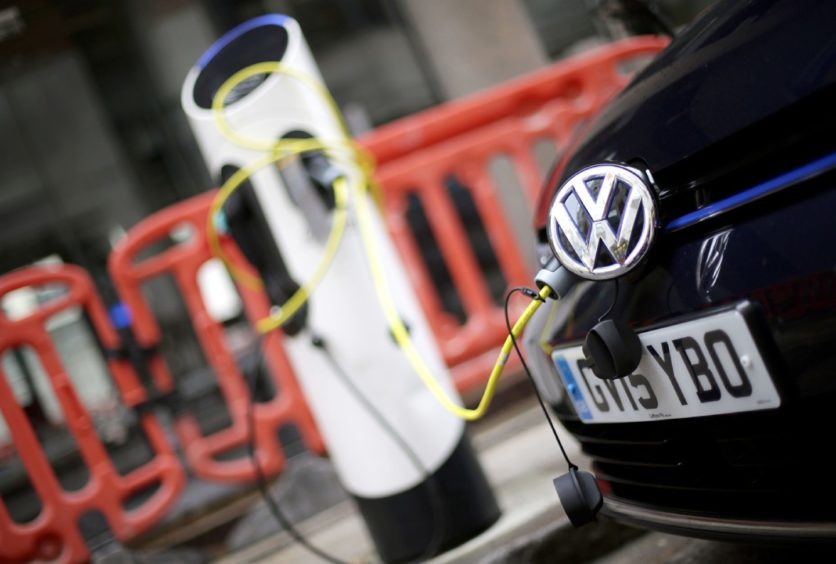
Born in 1946 when the world’s population was around 2.5 billion, compared with the almost eight billion today, David admits that the environmental question “wasn’t really on the radar at all” when he was a geology student in the 1960s.
However, by the 1980s and 90s, Earth scientists were beginning to notice environmental; changes – the problem of plastic not degrading well and changes in the atmospheric concentrations of carbon dioxide. By the 2000s, scientists were “sharply aware” the problem was getting serious.
As resource consumption has increased and environmental degradation accelerates, the need for urgent action continues to increase against the threat of plant, animal and human extinction.
When it comes to confidence in Cop26, however, David, a grandfather whose son lives in Cupar, Fife, remains slightly cynical about the ability of politicians to reach meaningful agreements.
Are politicians too selfish?
He hopes he’s wrong but he worries about the “self-interest” of many global politicians not wanting to make unpopular decisions and is also worried about the rise of populism whereby there’s a tendency to do what keeps them in power rather than do what’s sensible”.
“The scientists are absolutely clear – there’s no avoiding what they are saying now,” he says.
“It’s absolutely guaranteed that carbon dioxide levels are 415 parts per million. At pre-industrial levels they were about 280 parts per million. Because carbon dioxide is a greenhouse gas, that means energy comes in but doesn’t get out again so it basically heats up the space – the atmosphere.
“The politicians are making all the right noises globally. But in practice I’m slightly less certain whether they will.
“Some are more committed than others – especially those with vested interests in mining and oil production.
“I’m hedging my bets – I’d like to be optimistic but I have a nagging doubt that politicians will be brave enough to do what it takes to cut carbon emissions to net zero by 2050. It’s a big ask. I think the societal implications asking societies and individuals and big industrial corporations to do this is a tall order.
“Whether people can solve the consequences economically of doing what’s needed, though, I’m hesitant about.
“Perhaps I’m just cynical, but perhaps what gets people into politics isn’t necessarily what makes you an empathic human being.”
Extraction to Extinction: Rethinking our Relationship with Earth’s Natural Resources by David Howe, £9.99, published by Saraband, is out September 6, ISBN: 9781913393274
